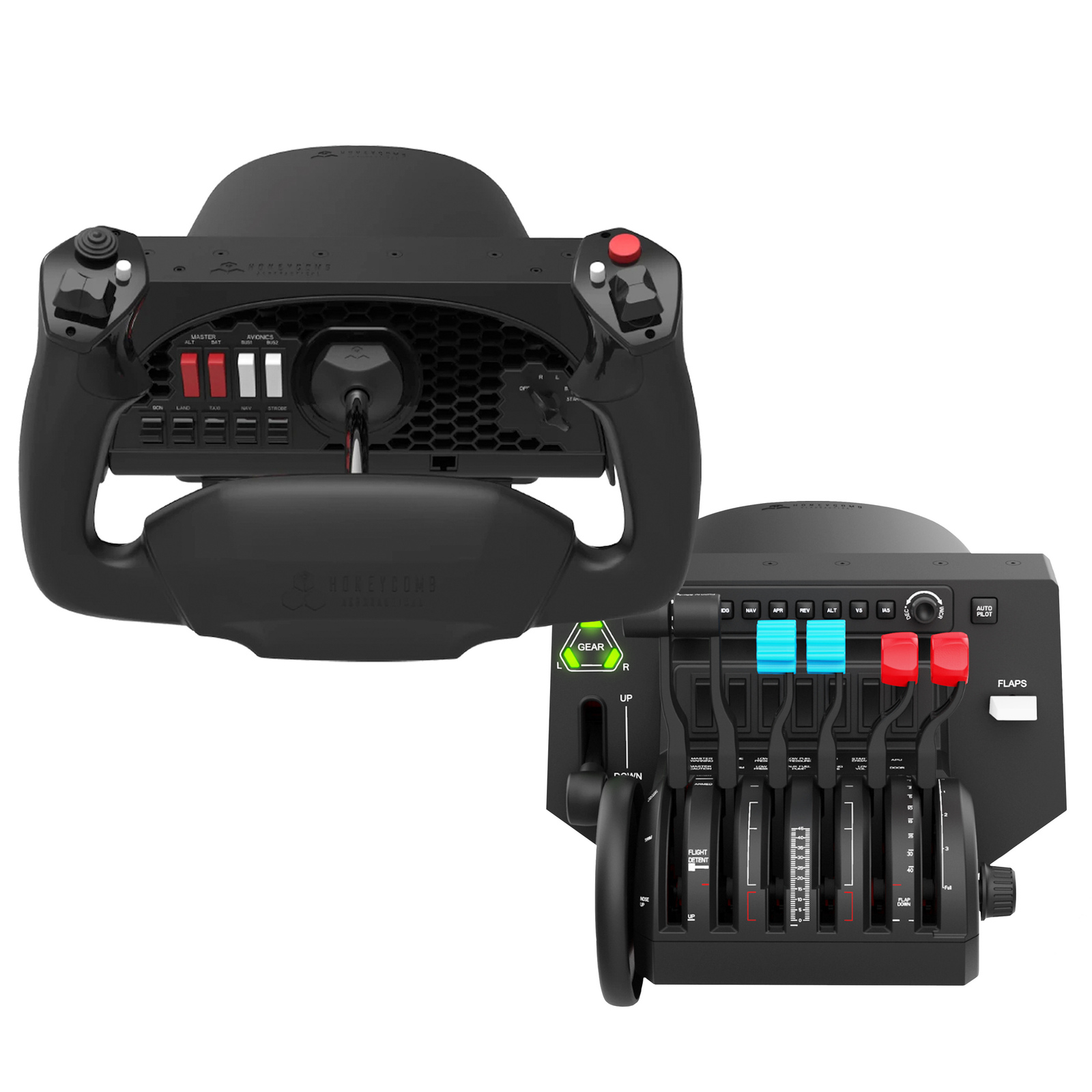

#DLIGHT CONTROLLER SERIES#
Our goal with this series was to take every lesson learned from our 10+ years of flight controller design and make the best pro-consumer / commercial flight controller on the market. The biggest players in this field are DJI and Pixhawk, but new flight controllers like Auterion’s Skynode and Fusion Engineering’s Fusion Reflex are also promising flight controllers in the industry.*mRo Control Zero F7 has been replaced by mRo Control Zero H7*įor quotes on large orders and lead times, please send your inquiry to Control Zero series of flight controllers from mRo is our commitment to continuous improvement. These are for the most advanced drones, capable of safe flying and transporting high-value cargo.
#DLIGHT CONTROLLER INSTALL#
FC’s for hobbyists/builders – Easy to install and perfect for people that do not want to spend large amounts of money from the get-go.To make it a bit more comprehensible, I made four categories based on their users. They range from very basic to expensive systems. There are a lot of different flight controllers on the market. What kind of flight controllers are there? Communication is mostly done with wi-fi and radio frequencies right now, but cellular solutions are also already in use.
#DLIGHT CONTROLLER HOW TO#
An obvious thing to communicate is its battery level, which can decide if a pilot wants to fly further or return to the charge.īut communication goes further than from flight controller to human pilot with the entrance of auto-pilot programs in the drone industry, flight controllers need to communicate with other computer systems about its flight destination and how to get there. A part of the sensor’s job is to give out information that needs to be translated clearly for a pilot to read, which means efficiently. This algorithm reads out and reacts to incoming information way faster, therefore making the drone flight more stable.Ī key part of a flight controller is communication. Within this area, there is a lot of research going on, which resulted in INDI: Incremental Nonlinear Dynamic Inversion. The most commonly used flight control algorithm is called PID control: Proportional Integral Derivative control. A fancy word that is used a lot nowadays which in essence nothing more than a set of strict rules that every microchip on the board has to apply to. The flight controller sends this desired speed to the Electronic Speed Controllers (ESC’s), which translates this desired speed into a signal that the motors can understand.Ĭalculating the movements, fusing and filtering the sensory information, and estimating the safety and durability of a flight is all done by an algorithm. The flight controller uses the data gathered by the sensors to calculate the desired speed for each of the four motors. The drone can rotate and accelerate by creating speed differences between each of its four motors. Advanced flight controllers can sense more precisely and detect differences more quickly.Īside from sensing what’s going on, a flight controller… unsurprisingly controls the motion of the drone. Just like how we perceive as humans, the drone filters a lot of this information and fuses some to get more efficient and precise information. Common sensors include an Inertial Measurement Unit (IMU) for determining the angular speed and acceleration, a barometer for the height, and distance sensors for detecting obstacles. These sensors give the flight controller information about like its height, orientation, and speed. The flight controller is connected to a set of sensors. I noticed that everything a flight controller does can be classified within one of three categories: Sensing, controlling, and communicating.

What does a flight controller for drones do?


 0 kommentar(er)
0 kommentar(er)
